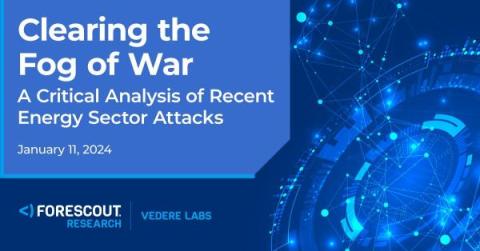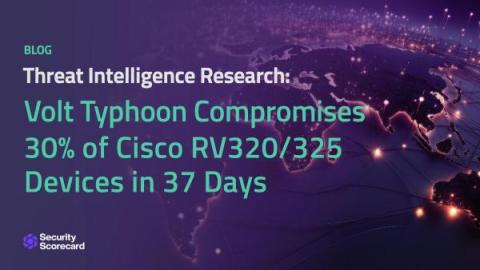Security | Threat Detection | Cyberattacks | DevSecOps | Compliance
Cyberattacks
Types of Password Attacks
Some of the most common types of password attacks include password cracking, password spraying, dictionary attacks, credential stuffing, brute force and rainbow table attacks. The better your password habits are, the less susceptible you are to password attacks. Keeper’s Password Management Report found that only 25% of respondents use strong, unique passwords for every account – meaning that 75% of respondents place their accounts at risk of being compromised due to weak passwords.
Top tips: Cyberattacks to prepare for in 2024
Top tips is a weekly column where we highlight what’s trending in the tech world today and list ways to explore these trends. This week, we’ll look at three types of cyberattacks that are predicted to be prevalent in 2024. If there’s one thing we can be certain of, it’s that we will never ever be safe from cyberthreats. That is why we need to prepare ourselves for the onslaught of cybercrime that is about to hit us this new year.
Clearing the Fog of War - A critical analysis of recent energy sector cyberattacks in Denmark and Ukraine
Threat Intelligence Research
As part of our effort to make the world safer, SecurityScorecard has been tracking threat actor groups conducting cyberattacks on behalf of nation states.
Social engineering attacks: Real-life examples and how to avoid them
In the ever-evolving landscape of cybersecurity threats, social engineering remains a potent and insidious method employed by cybercriminals. Unlike traditional hacking techniques that exploit software vulnerabilities, social engineering manipulates human psychology to gain unauthorized access to sensitive information.
Data Insights on AgentTesla and OriginLogger Victims
DDoS threat report for 2023 Q4
Welcome to the sixteenth edition of Cloudflare’s DDoS Threat Report. This edition covers DDoS trends and key findings for the fourth and final quarter of the year 2023, complete with a review of major trends throughout the year.
How to Reduce Your Attack Surface
An attack surface is the total number of channels, pathways, or areas that threat actors can utilize to gain unauthorized access to networks. The result is that they can obtain private information or carry out a cyber-attack. An attack surface comprises the organizational assets a threat actor can exploit to gain unauthorized access. Attack surfaces include systems that are directly involved in mission-critical operations, as well as those that provide peripheral services or access to important data.
There was a cyberattack every 39 seconds in 2023
Cyberattacks continue to be a cause for concern for businesses. Although great strides have been made to combat this issue, the ability of threat actors to adapt, combined with other factors such as the rise in remote working or the increase in the number of devices with Internet access, means that cybercrime persists. According to a study by Cybersecurity Ventures, a cyberattack took place every 39 seconds in 2023, which translates into over 2,200 cases per day.











